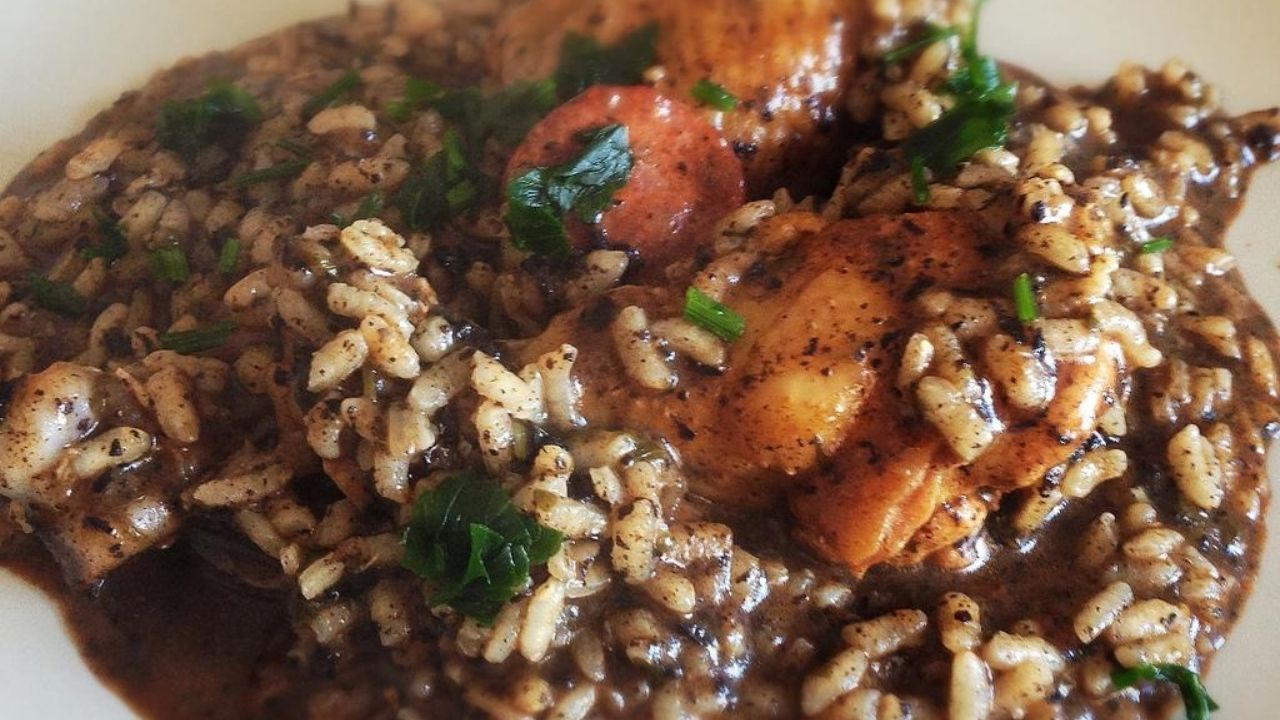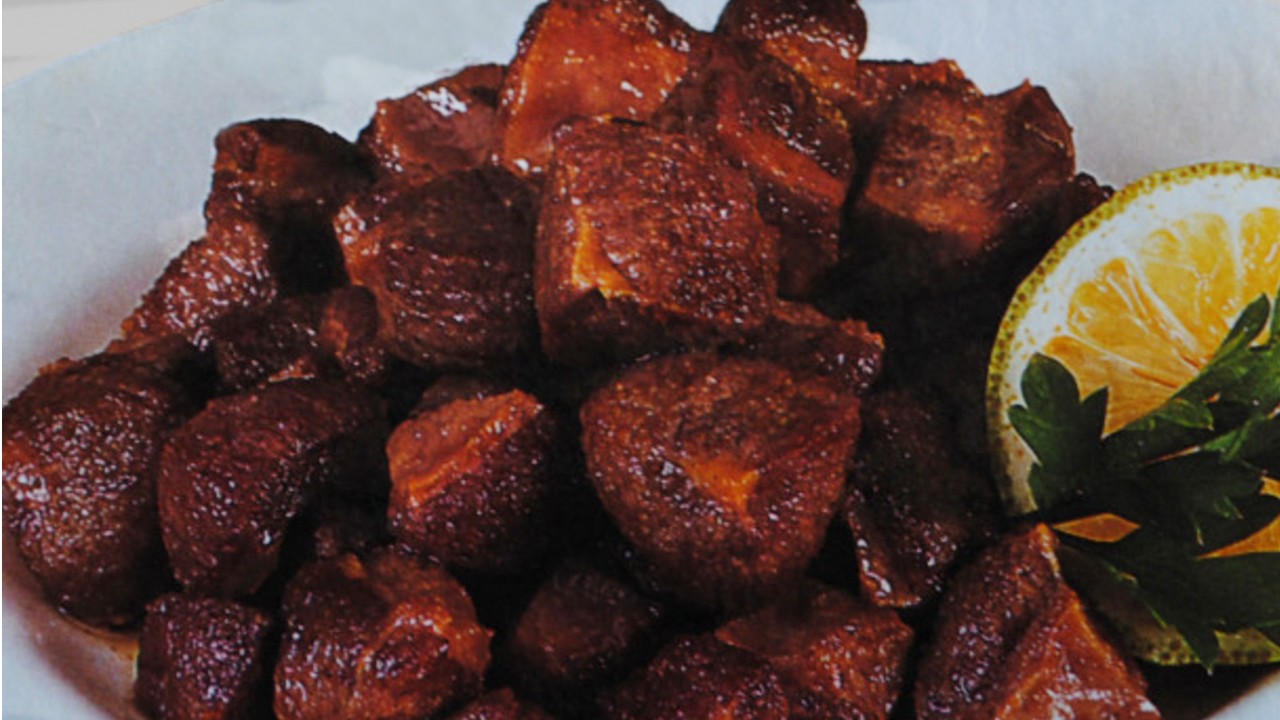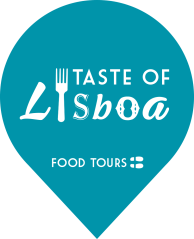Bizarre food of Portugal

Food is culture. It is often at the table that we find unique delicacies that feed and tell the stories and habits of a people and a country.
“The destination of choice for food lovers should be Portugal.” CNN says it and we agree, taking into account the delicious food and dishes that many travelers, truly foodies, are looking for and appreciate here in Europe.
There are many reasons why Portuguese cuisine is actually in the spotlight: from the freshest fish and seafood to creamy and comforting soups, or precious olive oil we use to season, cook and taste homemade hearty dishes. From the richness of the pork flavor, the countless Portuguese sausages, the complete Cozido à Portuguesa (Portuguese stew), and the thousand and one cod recipes, the essential and unparalleled hard crust and soft crumb bread, the cheeses, the wine made of immense grape varieties from several regions, some protected by UNESCO as world heritage, to-die-for sweets and desserts, such as conventual sweets made of egg yolks and sugar and the very famous pastel de nata (Portuguese custard tart).
Food is in fact culture and it is often at the table that we find unique delicacies that tell the stories and habits of a people. That is why traveling through the gastronomy of a country we often find food habits very different from those that we are used to in our country’s daily life and in those moments the food becomes an even more exciting adventure!
Do you dare to try some of the most bizarre foods served in Portugal? Discover in this article some of the best-kept food gems of each region of Portugal and take a chance on these new flavors:
SEAFOOD
In summer a feast full of fresh and juicy seafood is the delight of all natives and of who visit us because of the good weather and the tasty food.
Lobsters, shrimps, crayfish, Bulhão Pato style’ clams, mussels, stuffed spider and red rock crabs are the most requested, the most appreciated, and the best known. But there are two others that will surely surprise you with their appearance and flavor.
OURIÇO DO MAR – SEA URCHIN
 Ouriço do Mar (sea urchin) is known as Portuguese caviar. It is an unusual animal, an echinoderm, from the starfish family, round and with a carapace, covered by long spines.
Ouriço do Mar (sea urchin) is known as Portuguese caviar. It is an unusual animal, an echinoderm, from the starfish family, round and with a carapace, covered by long spines.
It is inside that we find the edible part: a filling with a creamy, orange texture and an intense bittersweet flavor that invades our mouth as if we were swallowing the whole sea in pure state.
True connoisseurs of exquisite and powerful flavors should not miss the opportunity to taste this delicacy, that is captured in Portugal by the ton and exported to countries that consider them a gourmet product, such as France, Spain and Japan, where its price can exceed 100 euros per 300 grams.
In Portugal the right spot to taste sea urchins is in Ericeira, a picturesque fishing village just over 45 kilometers from Lisbon, where a fully dedicated gastronomic festival to this seafood delicacy – the International Festival of Ouriço do Mar – takes place every year at the beginning of April. There you can taste it natural, roasted and even in soups.
PERCEBES – GOOSE BARNACLES
 Another seafood that really excites the Portuguese, though less requested by uninformed visitors, is the Percebes (goose barnacles).
Another seafood that really excites the Portuguese, though less requested by uninformed visitors, is the Percebes (goose barnacles).
This delicacy, very popular in Portugal, are also known as Lucifer’s fingers because of their bizarre appearance. They have thick trunks that resemble fingers and their diamond-shaped feet look like claws.
Goose barnacles are a type of crustacean that grows on hard-to-reach cliffs where they are fed by plankton brought by the waves that break on the rocks.
The rough sea makes their harvest dangerous, but many risk their own lives to catch them on the low tide. Costa Vicentina, in the extreme southwest of Portugal, is the region most well known to find them. Here, the hunting of goose barnacles is strongly regulated and all diving activities are controlled by the city of Vila do Bispo, in the Algarve. Most divers live here or in the vicinity of the coastal city of Sagres and it is in Vila do Bispo, known as the capital of goose barnacles, where a festival dedicated to this seafood delicacy takes place every year, at the end of August and beginning of September. Head south of Portugal if you wish to find the best and fresheners goose barnacles. Alternatively, search for them in the best Lisbon seafood restaurants, such as Ramiro, Sea Me and Real Nunes Marisqueira.
To eat these so-called Lucifer fingers we use our own fingers. You must hold the claw firmly, twist the body and remove, at the base, the harsh skin that covers the soft meat inside, and then delight yourself with the flavor of a refreshing sea dive on a sunny day on the beach refreshed by the sea breeze. Tradition dictates that the percebes should be eaten only boiled in salted water, for no more than a minute, so that they do not get hard.
OVAS – FISH ROE
 The connection of the Portuguese table to the sea is an essential premise of making full use of the fish product and all its potential.
The connection of the Portuguese table to the sea is an essential premise of making full use of the fish product and all its potential.
Ovas (Fish roe, the common name for the mature ovaries of fish) is a very popular tidbit in Portugal and much more eccessible than the famous and worldwide coveted caviar – a type of roe specifically of sturgeon and unfertilized.
Roe adds a sea flavor and a smooth texture to the dishes. They are delicious and it is easy to buy them frozen, mostly hake or cod, with a slightly more intense flavor.
The tradition is to eat them boiled, with potatoes and vegetables, drizzled with good oil and vinegar, but it is also a very good idea to serve the roe cooked in a delicious roe salad, seasoned with onion and chopped garlic, aromatic herbs to taste and more oil , vinegar and freshly ground pepper.
BLOOD
ARROZ DE CABIDELA – CABIDELA RICE
 Rice is not a bizarre food. It is an ingredient widely known throughout the world. In Portugal is extensively cultivated in the center of the country, around the basin of Mondego river, in Coimbra area, Tagus river and south of Lisbon, around the Sado river. Besides exporting high quality rice to China, the largest rice consumer and producer in the world, the Portuguese are as well the largest consumers of rice in Europe: each portuguese eat 15 kilos of rice per year, 4 times more than the european average.
Rice is not a bizarre food. It is an ingredient widely known throughout the world. In Portugal is extensively cultivated in the center of the country, around the basin of Mondego river, in Coimbra area, Tagus river and south of Lisbon, around the Sado river. Besides exporting high quality rice to China, the largest rice consumer and producer in the world, the Portuguese are as well the largest consumers of rice in Europe: each portuguese eat 15 kilos of rice per year, 4 times more than the european average.
Rice in Portugal is widely used in everyday main dishes, sides and desserts. One of the most surprising and bizarre main dish recipes is Cabidela rice, also one of the oldest and most classic dishes of Portuguese cuisine, with records from the 16th century.
Made with rice and chicken meat – so far, so good – it has the particularity of having blood drained from the chicken, mixed with vinegar so as not to curdle, added at the end of cooking, to form a peculiar though tasty and creamy sauce.
Olive oil, garlic, onion, tomato, and bay leaf are the other ingredients that make this recipe one of the most traditional and specially appreciated in the North of Portugal, namely in the Minho region.
Cabidela rice is an intense and vinegary dish, absolutely irresistible for those who dare to try it. Despite being a traditional Portuguese dish, its flavor has traveled and persists in some old Portuguese colonies, such as Cape Verde; Angola; Macau, with variants made with duck; India with the Goan recipe that replaced chicken meat for suckling pig; and even in Brazil, especially in Minas Gerais region.
MORCELA – PORTUGUESE BLACK PUDDING
 Speaking of blood, there is a sausage we love in Portugal that has no meat in its filling, but only fresh blood and pork fat. It is called morcela.
Speaking of blood, there is a sausage we love in Portugal that has no meat in its filling, but only fresh blood and pork fat. It is called morcela.
This black pudding is a very common sausage and it can be found in different regions with local subtypes.
Morcela made in the northern region of Guarda, in Portalegre, in Alentejo in south of the country, or the Azores, the Portuguese 9 islands archipelago in the middle of the Atlantic ocean, are the most prized ones.
They are made with pig’s blood, which gives them a very dark color, lard and are seasoned with various spices, such as cumin and cloves that give a very intense flavor.
Morcela can be served roasted or boiled and is also widely appreciated as one of the ingredients in Portuguese iconic and traditional dishes such as Cozido à Portuguesa (Portuguese stew) and Favas com Chouriço (broad beans stew with chorizo). In the Azores, it is common to find a version of morcela stuffed also with cooked rice, served roasted with pineapple. This contrast of flavors is simply delicious!
PORK
TÚBAROS – PORK TESTICLES
 Portugal is well known for cooking whole pig parts, from the nose to the tail. That’s why there are countless recipes and some make it easy and straight to this list of bizarre foods.
Portugal is well known for cooking whole pig parts, from the nose to the tail. That’s why there are countless recipes and some make it easy and straight to this list of bizarre foods.
Túbaros is one of them. The dish name can’t be translated and it serves as a good euphemism to not miss the opportunity to taste this most common tidbit in the Algarve, Alentejo, and Ribatejo regions.
These small pieces of pork are marinated in cold water and vinegar for a few hours, then fried in oil, with garlic, bay leaves, sweet pepper, and piri-piri and served well seasoned with salt, parsley, and sometimes lemon. It is also served with scrambled eggs sometimes.
It is, as you see, a recipe full of strong flavors and a delicacy you can find in a few restaurants in Lisbon who are dedicated to regional cuisines or to pork dishes, such as in Pigmeu.
Túbaros are included in this list of bizarre foods from Portugal because they are, after all, the testicles of the pig so cooked and much appreciated in the south and inland of Portugal.
PÉZINHOS DE COENTRADA – PORK FEET WITH CILANTRO SAUCE
 Pezinhos de coentrada (pork feet with cilantro) are one of the many reference recipes of the rich traditional and regional Alentejo cuisine.
Pezinhos de coentrada (pork feet with cilantro) are one of the many reference recipes of the rich traditional and regional Alentejo cuisine.
Pig’s ends, such as feet and ears, are traditionally part of the gastronomic itineraries of some countries further south of Europe and Portugal is no exception. This very bizarre as tasty recipe requires that the pig’s feet be charred, washed, and salted for at least 24 hours.
After being thoroughly cleaned, the feet are slowly boiled until the meat begins to peel off the bones. It is this meat that is served with a thick and creamy broth made with lard, many cilantros and chopped garlic, drops of lemon and a bit of flour to thicken.
This Portuguese tidbit is usually sided with slices of fried or toasted Alentejo’s bread. It is just delicious!
SALADA DE ORELHA – PORK EAR SALAD
Another part of pork that is widely cooked and much appreciated in Portugal is the ear.
Usually eaten as a salad, the famous pork ear salad, it is served as a tidbit on many tables and casual snack bars in Portugal in the late afternoon, to be shared among friends and paired with cold beer.
This traditional Portuguese tidbit, also known as petisco, is very easy to prepare and full of flavor: like the pig’s feet, start by salting the ears for 24 hours to make the cartilage tender; Then slowly boil the ears in salted water, cut them into strips, mix with onion, garlic, and coarsely chopped cilantros. To finish, seasoned with olive oil and vinegar.
Although for many it is bizarre, mainly because of the chewy texture of the ear, it is after all a simple, fresh, and very tasty recipe we recommend you to try once in your lifetime.
Traveling through the food culture, flavors and history is the aim of the Taste of Lisboa Food Tours’ experiences. So keep this list at hand to know what your next food adventure and cultural immersion in Portugal should look like, by eating and mingling with the locals.
To discover more inside tips about Portugal and Lisbon food culture, explore our blog or join us is one of our food & cultural experiences, led by born and raised Portuguese hosts, who will take you to a savvy journey through the genuine food, culture, history, places of Lisbon and Portugal, while introducing you to the local people and lifestyle.
Feed your curiosity on Portuguese food culture:
Open your mouth and close your eyes: we are going to eat guts!
The national dish of Portugal (it’s not codfish…)
How to identify an authentic Portuguese Tasca
Real people, real food. Come with us to where the locals go!
Join us in our natively curated food & cultural experiences.
Follow us for more at Instagram, Twitter and Youtube
